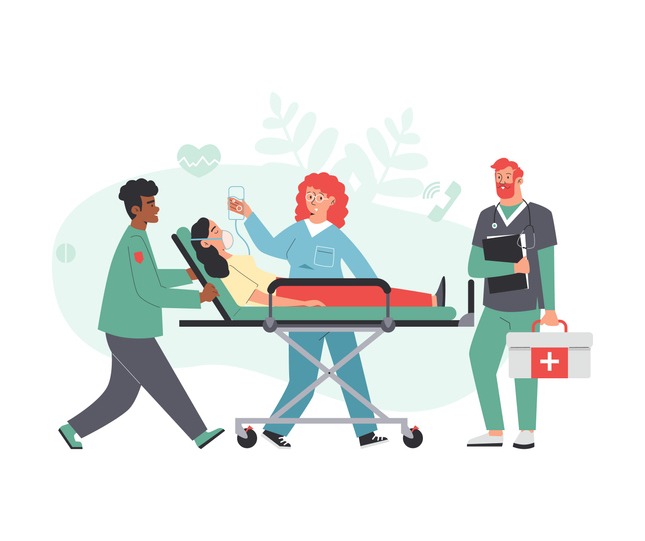
What does a paramedic practitioner do? What training and support is available to paramedics beyond their initial training? Find out below.
CREDIT: This is an edited version of an article that originally appeared on The Primary Care Network Specialists
A paramedic practitioner falls under the Health Education England bracket of First Contact practitioners.
With training and support, a paramedic practitioner can:
- Assess, diagnose, plan, implement and evaluate treatment/interventions and care for patients presenting with an undifferentiated diagnosis and patients with complex needs.
- Assess and triage patients, including same-day triage, and as appropriate, provide definitive treatment or make necessary referrals to other members of the PCN team.
- Advise patients on general healthcare and promote self-management where appropriate, including signposting patients to other community or voluntary services.
- Perform specialist health checks and reviews.
- Perform and interpret ECGs; alongside other results as appropriate.
- Perform investigatory procedures as required.
- Undertake the collection of pathological specimens, including intravenous blood samples, swabs, etc.
- Perform investigatory procedures needed by patients and those requested by GPs and the wider PCN.
- Perform care home ward rounds.
- Support the delivery of anticipatory care plans and lead certain community services
- Provide an alternative model to urgent and same-day home visits for the PCN and undertake clinical audits.
- Clinically examine and assess patient needs from a physiological and psychological perspective and plan clinical care accordingly.
- Prioritise health problems and intervene appropriately to assist the patient in complex, urgent or emergency situations, including initiation of effective emergency care.
- Diagnose and manage acute and chronic conditions, integrating drug- and non-drug-based treatment methods into a management plan.
- Support patients to adopt health promotion strategies that promote healthy lifestyles and apply principles of self-care.
Depending on the experience of the paramedic, some areas will fall outside the scope of their practice.
In this example, some paramedic practitioners may not see:
- Gynaecology
- Pregnancy
- Complex mental health
- Children under 2
Please visit Health Education England for more information on the role.


Be the first to comment